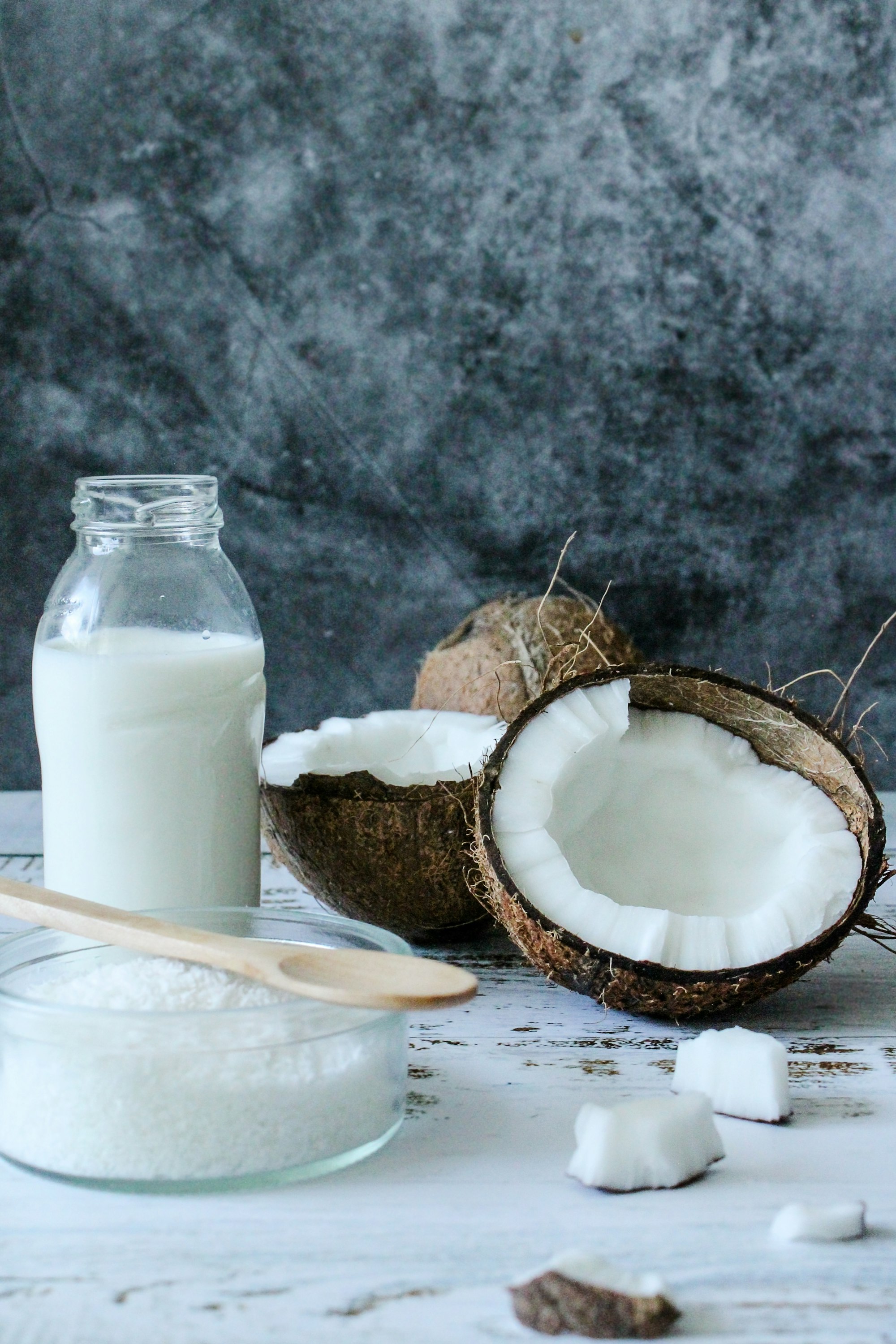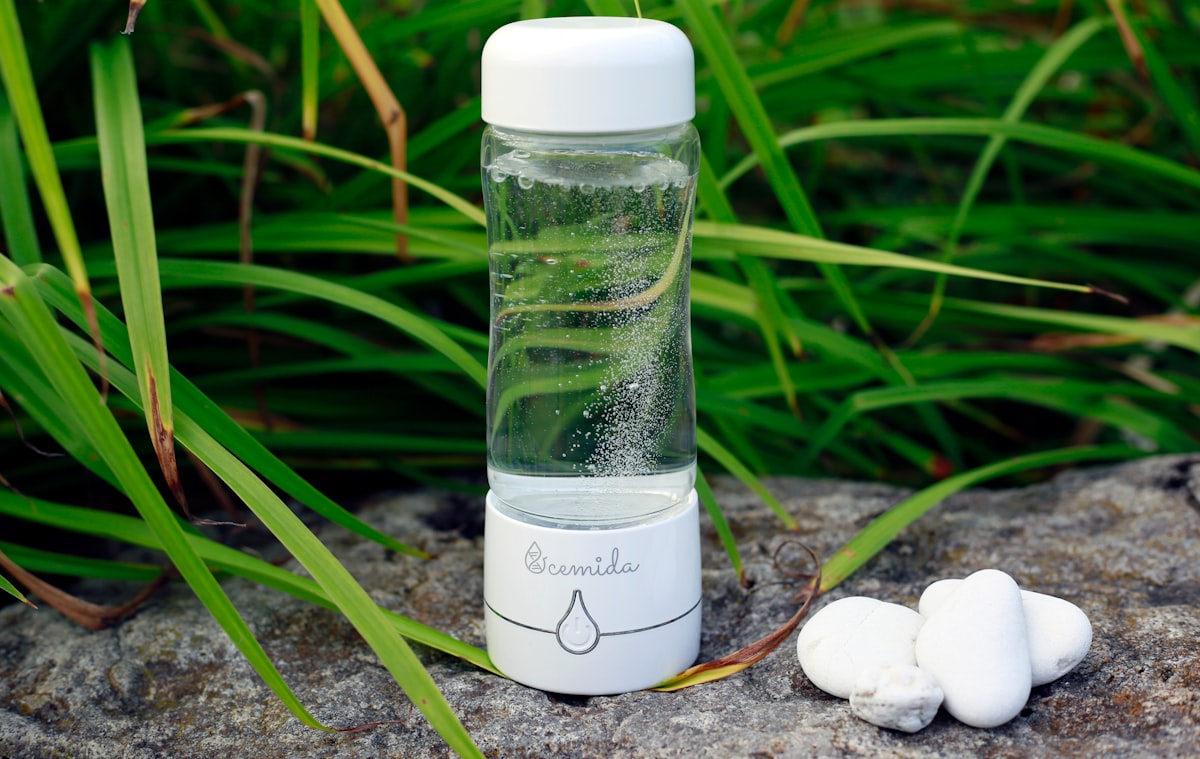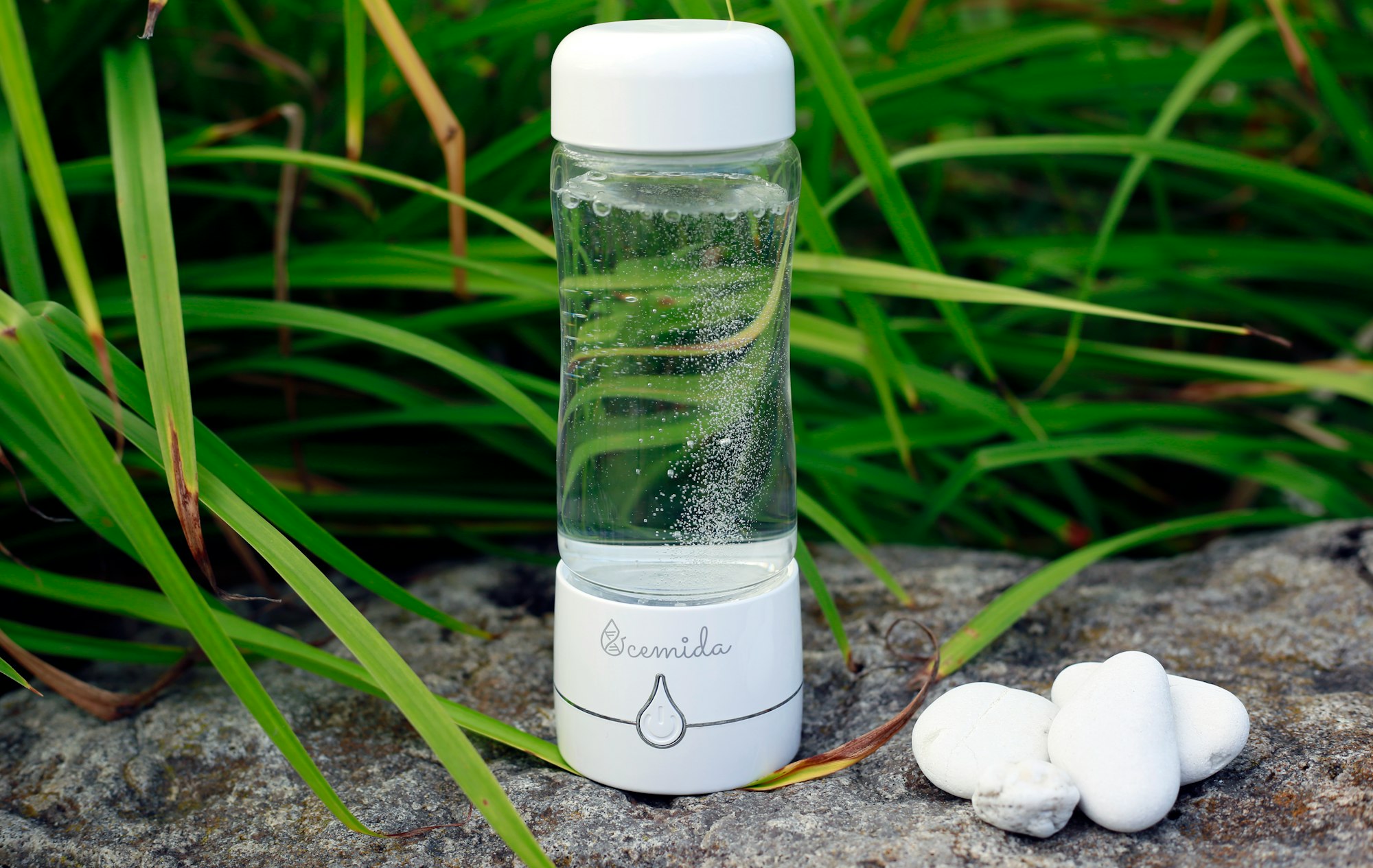Content Summary
Hydrogen peroxide is a chemical compound with the formula H2O2. It is a pale blue liquid that consists of two hydrogen atoms and two oxygen atoms. While it may be commonly recognized as a disinfectant or bleaching agent, hydrogen peroxide has a wide range of uses that extend beyond just these applications.
Hydrogen peroxide is known for its powerful oxidizing properties, which make it an effective disinfectant. It can kill many types of microorganisms, including bacteria, viruses, and fungi.
When applied to a wound, hydrogen peroxide can help clean the area by killing bacteria and preventing infection. However, it's worth noting that hydrogen peroxide may also damage healthy cells in the process, so it is advisable to use it sparingly and with care.
What is the Difference Between Hydrogen Peroxide and Food Grade Hydrogen Peroxide?
One important distinction to make is between regular hydrogen peroxide and food-grade hydrogen peroxide. Regular hydrogen peroxide, typically found in most households, is a 3% solution that can be used for various purposes, such as cleaning wounds, removing stains, or sanitizing surfaces.
On the other hand, food-grade hydrogen peroxide is a more concentrated solution, usually 35%, and it is commonly used for food processing and purification purposes.
Food-grade hydrogen peroxide is highly reactive and should be handled with caution.
Although hydrogen peroxide has been used in various medical treatments, including wound care, it is not commonly used for cancer treatment. Some studies have explored the potential of using hydrogen peroxide as a therapeutic agent for certain types of cancer, but further research is needed to establish its safety and efficacy in this context.
Is Hydrogen Peroxide Good for Ear Infections?
Hydrogen peroxide has also gained popularity as a home remedy for ear infections. It is believed to help clear excess earwax and kill bacteria or fungi that may be causing the infection.
However, it is essential to exercise caution when using hydrogen peroxide in the ears. It is recommended to dilute it with water and consult a healthcare professional before attempting any self-treatment, as improper use can lead to damage or irritation of the delicate structures in the ear.
What is the Formula of Hydrogen Peroxide?
The chemical formula of hydrogen peroxide is H2O2. It consists of two hydrogen atoms bonded to two oxygen atoms. This arrangement gives hydrogen peroxide its distinctive reactive properties, as it readily decomposes into water (H2O) and oxygen (O2) when exposed to light or heat.
How to Use Food Grade Hydrogen Peroxide?
Food-grade hydrogen peroxide, with its higher concentration of 35%, should be handled with care and used in accordance with proper guidelines. Here are some general instructions for using food-grade hydrogen peroxide:
Safety Precautions: Prior to using food-grade hydrogen peroxide, it is crucial to take necessary safety precautions. Wear protective gloves, safety goggles, and a face mask to avoid direct contact with the skin, eyes, or inhalation of the fumes. Ensure proper ventilation in the area where you will be working.
Dilution: Food-grade hydrogen peroxide is highly concentrated and should be diluted before use. It is generally recommended to dilute it to a lower concentration, such as 3%, for most applications. To achieve this, mix one part of food-grade hydrogen peroxide with eleven parts of distilled water. This ratio will yield a 3% solution.
Storage: Store food-grade hydrogen peroxide in a cool, dark place, preferably in a brown glass bottle, to prevent exposure to light, heat, and air. This will help maintain its potency and prevent premature degradation.
Food Preparation: Food-grade hydrogen peroxide can be used for purifying fruits and vegetables. To do this, fill a clean sink or basin with a mixture of water and food-grade hydrogen peroxide (approximately 1/4 cup of hydrogen peroxide to every gallon of water). Soak the produce for a few minutes, then rinse thoroughly with water before consumption.
Cleaning and Sanitizing: Food-grade hydrogen peroxide can be used to clean and sanitize kitchen utensils, cutting boards, and countertops. Prepare a solution by diluting food-grade hydrogen peroxide with water (3% concentration). Apply the solution to the surface, let it sit for a few minutes, and then rinse thoroughly with water.
Other Uses: Food-grade hydrogen peroxide has been used for various other purposes, such as water purification, treating mold and mildew, and as a natural toothpaste or mouthwash (after proper dilution). However, it is important to conduct thorough research and follow specific guidelines for each intended use.
Remember, when using food-grade hydrogen peroxide, it is crucial to follow instructions carefully and exercise caution. If you are unsure about its appropriate usage or have specific concerns, it is always advisable to consult a professional or expert in the field.
Can I Take Hydrogen Peroxide Internally?
It is not recommended to take hydrogen peroxide internally unless specifically instructed and supervised by a qualified healthcare professional.
While food-grade hydrogen peroxide is sometimes used in very dilute amounts for certain therapeutic purposes, self-administration of hydrogen peroxide orally can be extremely dangerous and potentially life-threatening.
Hydrogen peroxide is a potent oxidizing agent that can release oxygen when it comes into contact with certain substances, including organic materials and tissues.
Ingesting hydrogen peroxide can cause severe irritation and damage to the mouth, throat, and gastrointestinal tract. It can also lead to the formation of gas bubbles, which can be harmful if they block blood vessels or travel to vital organs.
Moreover, hydrogen peroxide can disrupt the delicate balance of beneficial bacteria in the gut and may cause an imbalance in the digestive system.
If you are considering using hydrogen peroxide internally for any purpose, it is essential to consult with a healthcare professional who can provide appropriate guidance based on your specific situation. They can determine the potential risks and benefits and recommend safer and more effective alternatives if necessary.
Always remember that self-administration of any substance internally without proper medical supervision can be risky and may have serious consequences for your health. It is best to seek professional advice before considering any internal use of hydrogen peroxide or any other substance.
Does Human Body Consist of Hydrogen Peroxide?
No, the human body does not consist of hydrogen peroxide as a natural component.
Hydrogen peroxide (H2O2) is not a normal constituent of the human body's cells, tissues, or fluids. Instead, the body produces and utilizes various other compounds and molecules for its essential functions.
Hydrogen peroxide is occasionally produced in small amounts as a byproduct of certain metabolic processes within cells. For instance, during the metabolism of certain compounds, such as alcohol or fats, limited amounts of hydrogen peroxide can be generated as a natural byproduct.
However, the body has specific mechanisms in place to rapidly neutralize and break down hydrogen peroxide to prevent its accumulation and potential harm.
The enzyme catalase, present in many cells and tissues, plays a crucial role in breaking down hydrogen peroxide into water and oxygen. This enzymatic action helps maintain a balance and prevent the accumulation of hydrogen peroxide within the body.
It's important to note that although the body has mechanisms to handle small amounts of hydrogen peroxide, excessive exposure to high concentrations of hydrogen peroxide, whether through ingestion or direct contact, can be harmful and cause damage to cells and tissues.
In summary, while the body may produce small amounts of hydrogen peroxide as a byproduct of certain metabolic processes, it is not a natural component or a necessary part of the human body's composition.
Does Hydrogen Peroxide Kill Cancer Cells?
Hydrogen peroxide has been studied for its potential effects on cancer cells, but it is important to note that the scientific evidence regarding its effectiveness and safety for cancer treatment is limited and inconclusive.
Hydrogen peroxide is an oxidizing agent that can generate reactive oxygen species (ROS) when it comes into contact with cells. ROS have the potential to induce cellular damage, including DNA damage, and potentially trigger cell death.
In laboratory studies, hydrogen peroxide has been shown to exhibit cytotoxic effects on various cancer cell lines, inhibiting their growth and inducing cell death. However, these studies are primarily conducted in controlled laboratory settings and may not accurately represent the complexities of human cancer.
While some alternative or complementary medicine approaches may suggest hydrogen peroxide as a treatment for cancer, it is important to approach such claims with caution. The use of hydrogen peroxide as a cancer treatment is not widely accepted or supported by the medical community.
It is worth reiterating that self-administering or relying solely on hydrogen peroxide as a cancer treatment without medical supervision is not recommended and may be harmful. It is always best to consult with medical professionals and follow accepted and proven treatment protocols.
Does Hydrogen Peroxide Kill Nail Fungus?
Hydrogen peroxide has been used as a home remedy for nail fungus (onychomycosis), but its effectiveness in treating this condition is not well established and there is limited scientific evidence to support its use.
Nail fungus is a challenging condition to treat, as the infection resides deep within the nail bed and is often resistant to topical treatments. Hydrogen peroxide is a disinfectant and has antifungal properties, which is why some people believe it may help in killing the fungus.
However, hydrogen peroxide is not specifically designed or formulated for treating nail fungus, and its effectiveness can vary depending on the individual case and severity of the infection. Hydrogen peroxide can be harsh on the skin and nails, and its use may lead to skin irritation or damage if not used properly.
If you suspect you have nail fungus, it is recommended to consult a healthcare professional or a dermatologist who can provide an accurate diagnosis and suggest appropriate treatment options. They may recommend over-the-counter antifungal treatments, prescription medications, or other interventions that have been clinically proven to effectively address nail fungus.
It's important to approach home remedies, including the use of hydrogen peroxide, with caution and to seek professional advice for proper diagnosis and treatment. Nail fungus can be stubborn and requires consistent and targeted treatment to achieve resolution.
Author's Choice of Food Grade Hydrogen Peroxide
Essential Oxygen Certified BR Organic Brushing Rinse
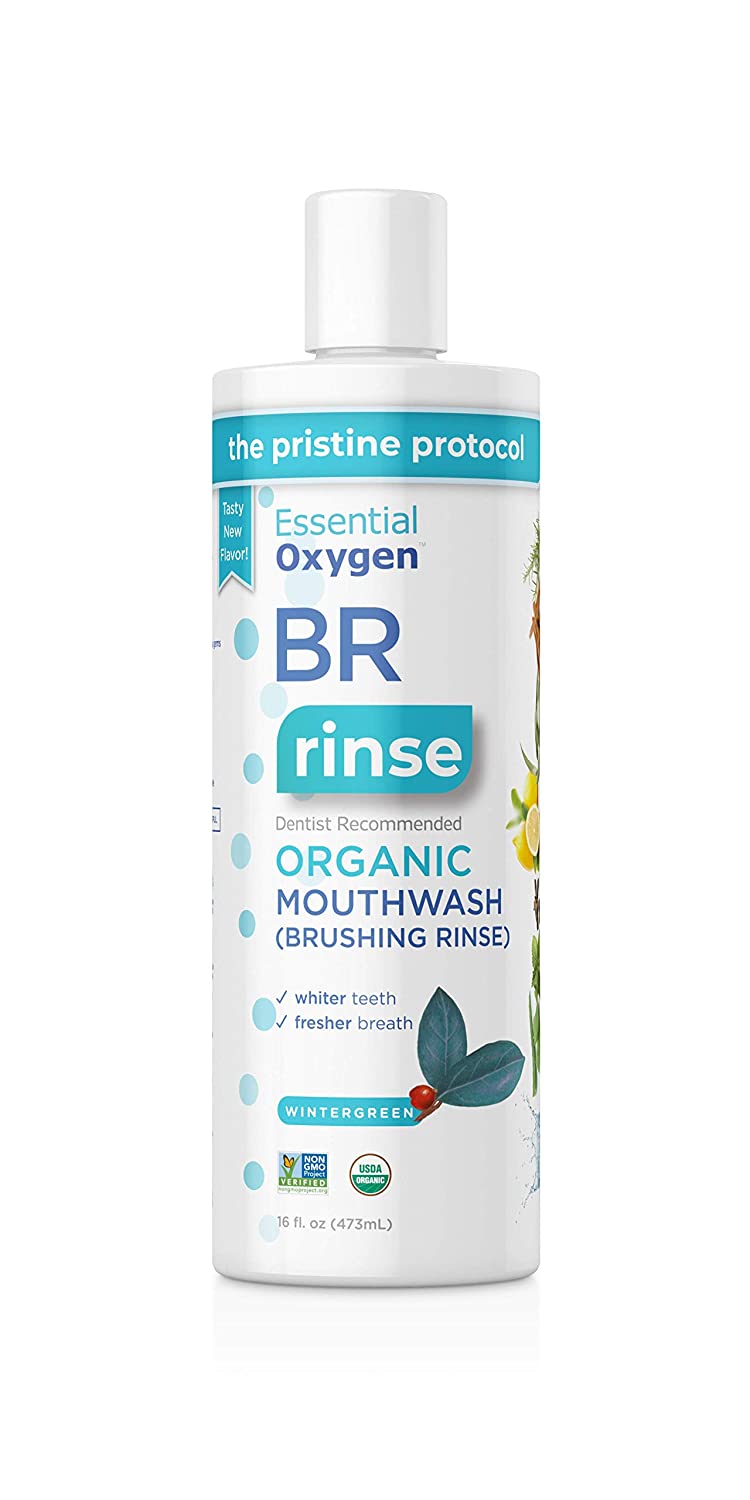

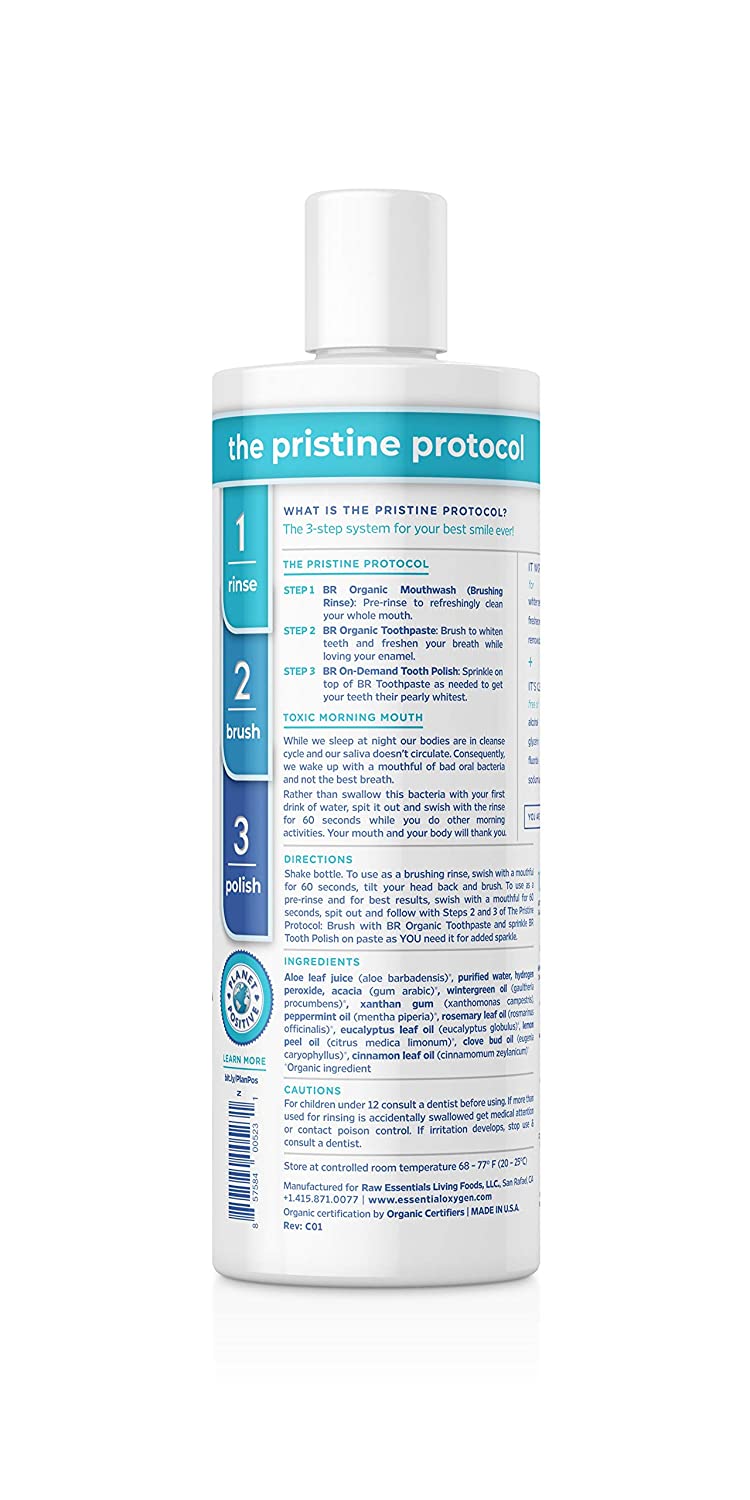
- Contains 1-16 fl. oz bottle of Organic Brushing Rinse Mouthwash
- It Works! Premier Oral Care for whitening, breath freshening and removing bad breath germs with the power of hydrogen peroxide, aloe and organic essential oils.
- It's Clean! Free of alcohol, fluoride, glycerin, sugars or sodium lauryl sulfate or anything objectionable!
- It's Planet Positive! This oxygen-based formula makes grass greener and oceans cleaner.
Learn More >>>
What is the Difference Between Molecular Hydrogen and Hydrogen Peroxide?
Molecular hydrogen (H2) and hydrogen peroxide (H2O2) are two distinct compounds with different chemical properties and effects.
Molecular hydrogen (H2) is a gas composed of two hydrogen atoms bonded together. It is the simplest and lightest molecule in existence. Molecular hydrogen is odorless, colorless, and tasteless. It is not highly reactive and is generally considered to be biologically inert. In recent years, molecular hydrogen has gained attention for its potential health benefits, including its antioxidant and anti-inflammatory properties.
Hydrogen peroxide (H2O2), on the other hand, is a chemical compound consisting of two hydrogen atoms and two oxygen atoms. It is a pale blue liquid that is highly reactive and serves as a powerful oxidizing agent. Hydrogen peroxide can release oxygen when it comes into contact with certain substances, including organic materials and cells. It is commonly used as a disinfectant, bleaching agent, and cleaning agent.
The key difference between molecular hydrogen and hydrogen peroxide lies in their chemical structure and reactivity. Molecular hydrogen is a stable molecule that does not readily react with other substances. It is generally considered safe and non-toxic.
In contrast, hydrogen peroxide is a reactive compound that can readily decompose into water and oxygen, releasing oxygen radicals that can have oxidative effects on cells and tissues.
While molecular hydrogen is being studied for its potential health benefits and therapeutic applications, hydrogen peroxide has established uses in various industries and applications, such as disinfection, cleaning, and bleaching. However, it is important to handle hydrogen peroxide with care and follow appropriate guidelines to avoid potential harm or damage to cells and tissues.
It is essential to note that molecular hydrogen and hydrogen peroxide should not be confused with each other due to their distinct chemical properties and effects on biological systems.
Does Hydrogen Activate Mitochondria?
Hydrogen, specifically in the form of molecular hydrogen (H2), has been investigated for its potential effects on mitochondria, the energy-producing organelles within cells. Mitochondria play a crucial role in cellular energy production through a process called oxidative phosphorylation.
Several studies have suggested that molecular hydrogen may have beneficial effects on mitochondrial function. It has been proposed that hydrogen may act as an antioxidant and modulate cellular signaling pathways, potentially impacting mitochondrial health and function.
One proposed mechanism is that molecular hydrogen may scavenge harmful reactive oxygen species (ROS) that can accumulate in cells, including mitochondria.
Excessive ROS can cause oxidative stress and damage to cellular components, including mitochondrial DNA and proteins. By reducing oxidative stress, hydrogen may help preserve mitochondrial function and mitigate damage caused by ROS.
Studies have indicated that molecular hydrogen may have anti-inflammatory properties, which could indirectly impact mitochondrial function. Chronic inflammation can contribute to mitochondrial dysfunction, and by reducing inflammation, hydrogen may help maintain mitochondrial health.
While there is some evidence suggesting the potential benefits of molecular hydrogen on mitochondrial function, it is important to note that research in this field is still emerging, and the exact mechanisms and therapeutic implications are not yet fully understood.
Furthermore, it is crucial to differentiate between molecular hydrogen and hydrogen peroxide (H2O2). While molecular hydrogen has been explored for its potential health benefits, hydrogen peroxide is an oxidizing agent and can be harmful to cells and cellular components, including mitochondria, if not handled appropriately.
If you are interested in exploring the potential benefits of molecular hydrogen on mitochondrial function or any other health-related concerns, it is recommended to consult with a healthcare professional who can provide informed guidance based on your specific circumstances and the current scientific knowledge available.
Author's Choice of Hydrogen Supplement
Dr. Mercola H2 Molecular Hydrogen Dietary Supplement
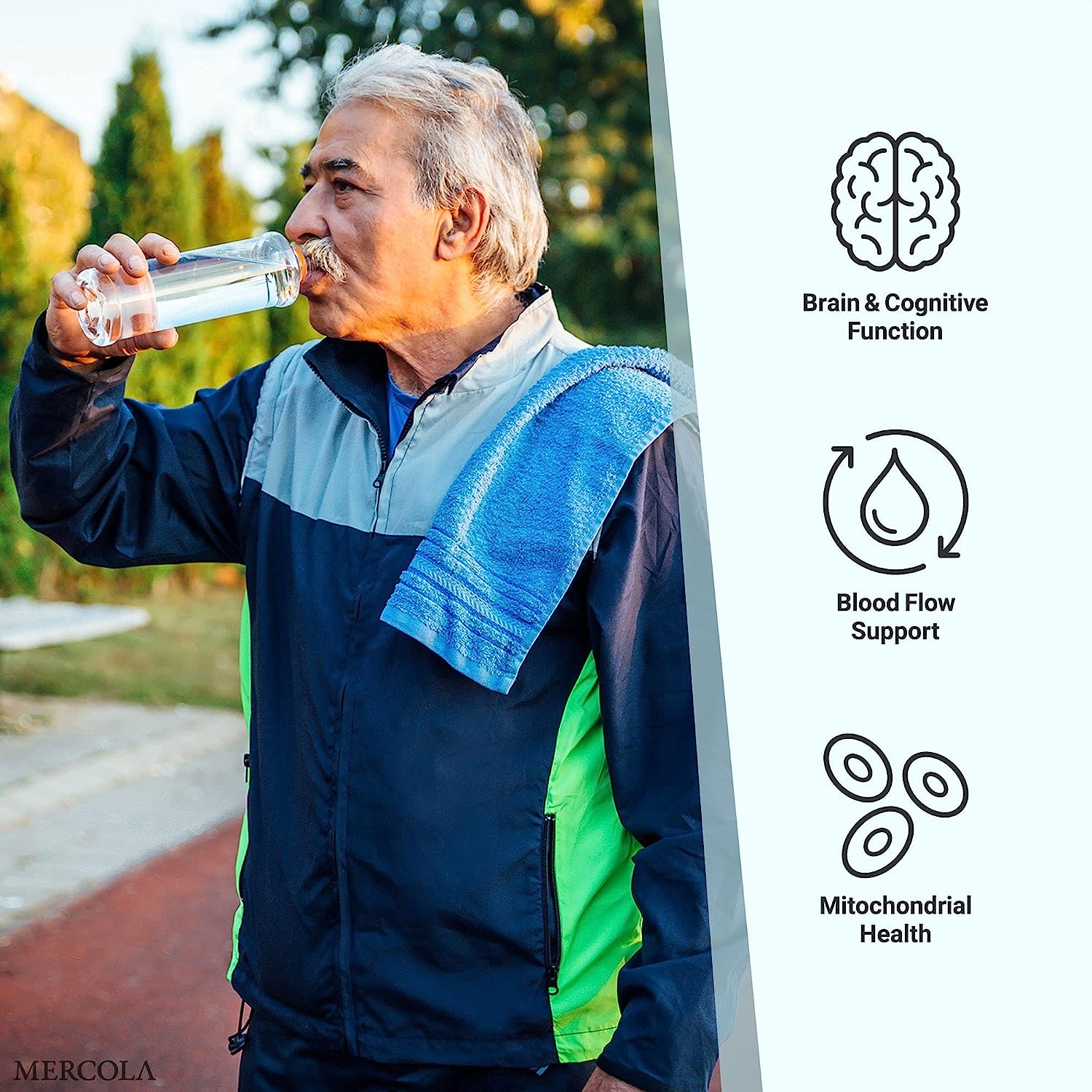
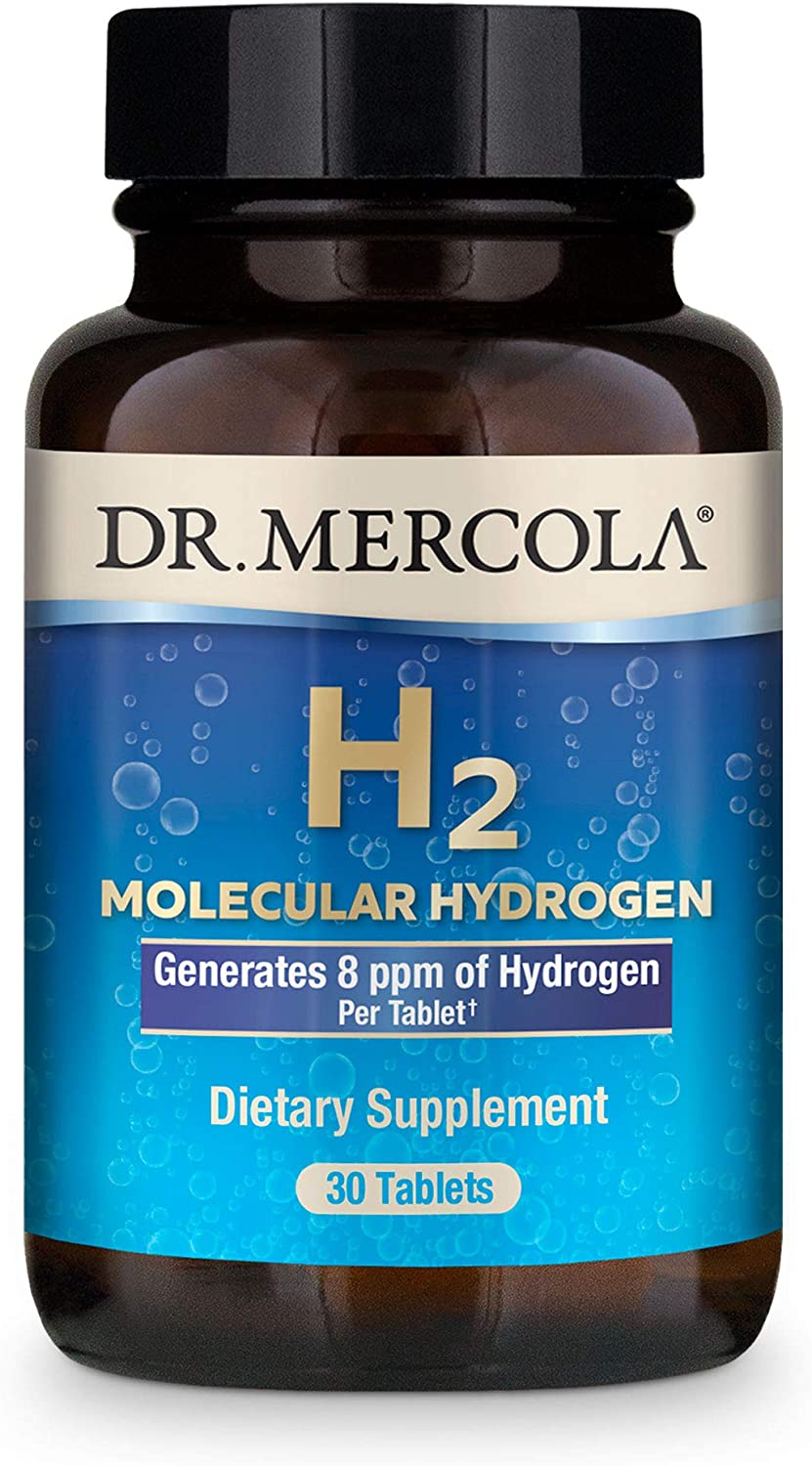

- Following Dr. Mercola’s belief in providing the best quality products, this product is non GMO, Gluten Free, and Soy Free
- H2 Molecular Hydrogen tablets create higher concentrations of up to 8 ppm in 480 mL of water. And it does it in an open container without the need for a cap or lid
- H2 Molecular Hydrogen uses pure elemental magnesium as its carrier and provides you with approximately 80 mg of magnesium per tablet. So, you receive also highly bioavailable magnesium for a healthy brain, muscles, cells, kidneys and heart*
Conclusion
In conclusion, hydrogen peroxide is a versatile compound with a wide range of applications. It is commonly used as a disinfectant, cleaning agent, and wound care solution.
While it can effectively kill bacteria, viruses, and fungi, it should be used with caution to avoid damaging healthy tissues. Food-grade hydrogen peroxide differs from the regular household variety in concentration and is mainly used in food processing.
Be Healthy and Happy!
Relevant Reads>>>

